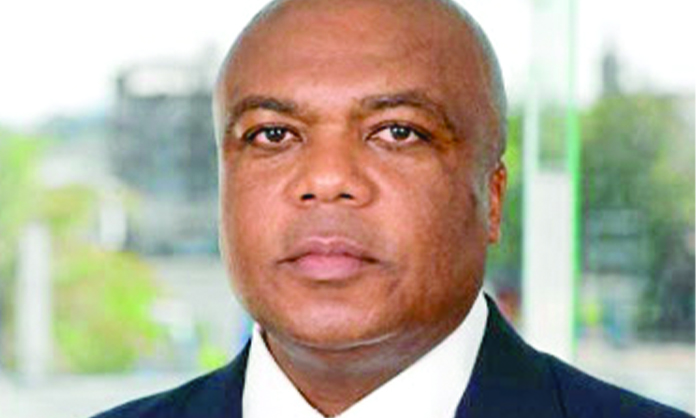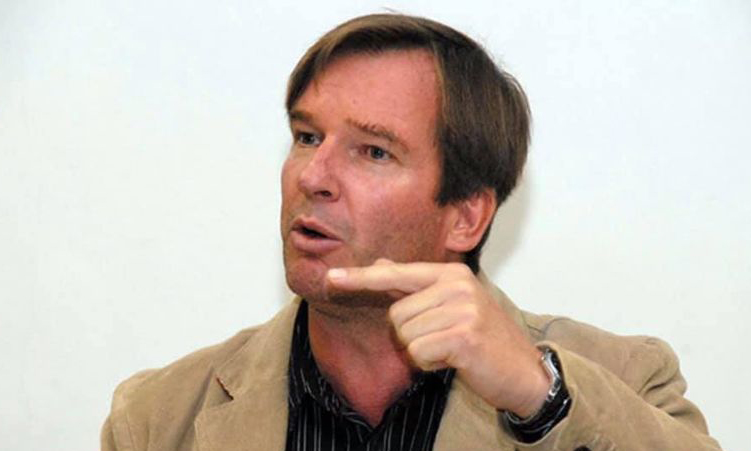•WONDER GUCHUIt appears the search for the truth about what happened during the liberation struggles in southern Africa will not be known for a while longer.
This is becoming apparent with every book written by cadres who took part in the struggles; witnessed the events of war; or were told about the ugly things that happened during the wars of liberation in the region.
It’s not only Samson Ndeikwila’s recently launched autobiography, ‘The Agony Of Truth’, which does not dig deeper into the trenches for the honest truth, but almost every other book written by liberation war stalwarts in South Africa, Zimbabwe, Mozambique and Angola.
Swapo, just like South Africa’s ANC Zanu and Zapu of Zimbabwe, Frelimo in Mozambique and the Popular Movement for the Liberation of Angola all have ugly hidden secrets of unexplained deaths, disappearances, unjustified imprisonment, accusations and implosions caused by tribalism.
Mozambicans still need answers to the assassination of Eduardo Mondlane in a 1969 bomb in Dar es Salaam, Tanzania. Zimbabweans are still seeking the truth behind Herbert Chitepo’s assassination in Lusaka in 1975, while South Africans may be questioning the veracity that Ruth First was assassinated by the apartheid regime.
Perhaps Ndeikwila’s agonising truth is an attempt to refute accusations that he was a South African spy? In writing the book, he tries to set the record straight, explaining why he went into exile.
He explains why he chose to train as a clergyman, abandoning the struggle. It’s also the agonising truth about his return to Namibia in 1978, years before the end of the struggle for the liberation of the country; and how he was perceived as a South African spy (pp85-86).
Ndeikwila says his house in Katutura was close to Jeremia Nambinga’s and rumours started spreading about him being a spy.
“One of our immediate neighbours was Jeremia Nambinga, who, at the time was emerging as a promising national leader. False rumours were spread among Aawambo Swapo supporters in Katutura that I was given the house next to Nambinga’s by the boers in order to spy on him,” he says.
As a way of fighting back, Ndeikwila says: “It was in the midst of these false rumours and ignorance-driven hostility that we named our firstborn son Ingashukika (It-Has-To-Come-An End). We named our daughter Hangana, implying that Namibians in order to rid themselves of the yoke of apartheid South Africa.”
If this is the agonising truth, then Ndeikwila had to explain himself to the nation so that generations to come will understand why he became what he is now. But in as far as the honest truth on the most mysterious liberation war events that beg for disclosure, Ndeikwila’s book does not even scratch the surface because much of what he says is public knowledge.
It’s known that blacks were mistreated under the apartheid South African regime – grew up in a segregated area, never had access to educational facilities; and were driven to liberate the country.
Of course, the information about liberation war leadership living in luxury while the majority of those who gave their lives to the cause lived in abject poverty is not entirely new.
In any case, a number of liberation war leaders amassed the wealth they are enjoying today during the struggles when they converted donor funds meant for ordinary people, for their personal use.
It’s also a known fact that the majority of the liberation war leadership in the region never set foot on the war front although most of them delight in showing off their well-ironed combat fatigues.
The part of the book where agonising truth was expected to have been told is from page 21 to 39. This section deals with what came to be known as the Caprivians’ Revolt, Sam Nujoma’s return to Namibia in 1966, The ‘Castro Case’, and detentions in Dar es Salaam. But there is no agony there either.
The mystery as to why Nujoma managed to fly in and out of the country when the South African regime was arresting and detaining Swapo members still remains just that – a mystery.
The part of the book about Leonard Nangolo Phillemon aka Castro who was suspected of selling out Plan fighters dwells on hearsay. In early 1966, the book says, Castro, part of a group of 10 Plan fighters, left for Namibia from Kongwa.
The group was intercepted by South African police in Kavango. The cadres were airlifted to South Africa, except Castro who surfaced in Lusaka later carrying large sums of Rands.
“Allegedly, he handed the greater part of the money over to the Swapo office in Lusaka and kept the rest to enjoy himself in the Kanyama location (p28).”
Although Castro was later arrested and died in detention in Kenya, the truth of what exactly happened will remain unknown. Did he sell out his comrades to the South Africans or did somebody else? If he worked with other people, who are they?
Ndeikwila writes that Castro told the Tanzanian government that he was not alone. “Onde ya lombwela iinima ayihe kutya hangaye awike, otu li naakuluntu (I told them everything and that it was not I alone, I was together with the seniors). If the Tanzanian government is honest, you will find some senior Swapo leaders in prison.”
The sad truth is Castro died with that secret about who, within Swapo, worked with him against the struggle, leading to the 1966 Omugulugwombashe attack where three guerrillas died and earned others lengthy prison terms at Robben Island.
For the most part, the book brushes over issues, mentioning events as the author heard from sources but it appears there is no effort to verify the assertions.
“The strong suspicion among the remaining Plan trainees at Kongwa was that some kind of betrayal was happening within the armed liberation struggle. Obviously, someone within the Swapo leadership was used by the enemy to weaken Plan (p29),” writes Ndeikwila.
From p52, Ndeikwila’s narrative is based mostly on second hand information since he writes about events that happened in Zambia and Tanzania while he was in Kenya. The use of words such as ‘learned’, ‘according to clearer information’, ‘informed’ and ‘apparently’ does not bring forth any agonising truth.
This is how he writes about the conflict among Namibians in Zambia because of the absence of a constitution; the Shipanga Rebellion, named after Andreas Shipanga, Solomon Mfima and Sakaria Shikomba, part of a group which sought to investigate the situation at the war front. This is also how he deals with the deportations from Zambia of Reverend Salatiel Ailonga and his wife, Anita, and that of Hans and Edel Beukes. The Cassinga Massacre is given less than two pages yet it remains one of the mysteries of Namibia’s liberation war.
It appears the book is a self-cleansing ritual for Ndeikwila who, among others, was instrumental in the formation of Namibia National Students Organisation and ‘Breaking the Wall of Silence’, a pressure group that sought closure on detentions, deaths and disappearances in exile.
Stay informed with The Namibian – your source for credible journalism. Get in-depth reporting and opinions for
only N$85 a month. Invest in journalism, invest in democracy –
Subscribe Now!






